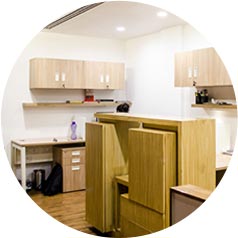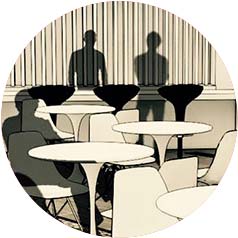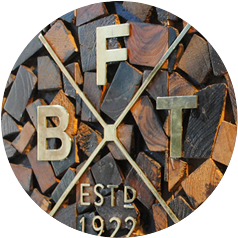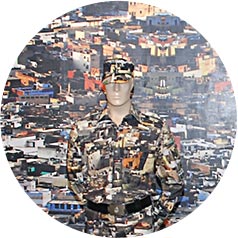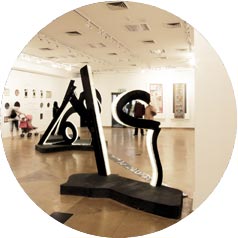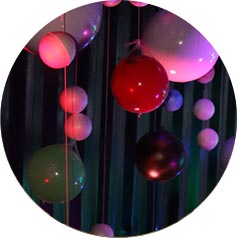For somebody and nobody
Scene 1: The candles are lit and as the wax drips, the sombre mood is lifted by the haunting strains of Vande Mataram. The dusky pink sky turns dark and the stars descend on Jantar Mantar in New Delhi, the Gateway of India and Azad Maidan in Mumbai, the streets of Bangalore and Kolkata. All lit in small flames, small fires igniting the imagination of the nation. United by one man, fasting. The government bows to the will of the people. This is a Revolution.
Scene 2: The crowds throng the streets, chants rise in unison; the sweat drenched atmosphere is mixed with religious fervour. The clang of the cymbals collides with drumbeats, and the thousands of hearts that occupy the street resonate. A festival is in progress. Mumbaikars descend on the street and Ganesha seems to emerge from the sea of humanity before Visarjan into water. This is a celebration.
Both these scenes are fragments of our reality. They happen in the city, in its streets, chowks, parks and monuments. Where the physical fabric of the city gives way, drifts apart and opens itself as a crater, a striation that sears through its blocks, buildings, neighbourhoods and office districts. These open spaces are vital for both revolution and celebration.
They are where democracy breeds and equity resides. Without the scale and size of open space neither could be possible. Tianmenn needed a square for the protest, Egypt needed one too in Tahrir Square, Libya, Qatar, Tunisia and Yemen followed suit. Revolution was made possible. They tread on the paving, sat on the stones, raised placards on the bollards, hoisted flags on the lamp-posts and slept on the sidewalks. It was the city that lent itself to its people, echoed their voices.
Festivals around the world are gatherings of a similar kind. They devise ways to engage the past with the present, and doing so, enthral the future. In India they collect, amass and embrace to celebrate the human element of our cities. Not as a singular notion but as a collective. The city here is the stage where the drama of ritual is perpetuated. Where the significant and innocuous rise and watch together. Where people all become nobody.
The city here is not just the engine of growth, not a mere statistic for GDP, not a consumer or resources but an active participant in the functions of urbanity. The city is a podium and its open spaces platforms that enable us to decide and choose our identity. It’s easy to see the open space networks of our cities as lungs, green and paved, lined with trees and light and signage. It’s easy to understand them for needs of ecology.
But what of equity and identity? Instead of being dedicated to the vehicle, our streets need to be where exchange is possible for the two-legged kind, where people can rub shoulders and walk in step. Promenades and bridges need to be wider, longer, stronger spaces, where the stillness of the city turns into ideas for a dynamic future. Our squares, roundabouts and crossings need to be chowks where trees once stood like sentinels, on whose wide, shaded, plinths, old men gather to tell stories to the young. Our parks and green spaces need to extend their fingers into neighbourhoods. No longer sanctuaries but breaching their gated boundaries and touching our lives with the lives of others. It is in the design of these spaces that cities become truly democratic —where “nobody” can aspire to become “a somebody” and “somebody” can recede to the powerful collective anonymity of “a nobody”!
— Suparna Bhalla
Published on April 16th 2011
